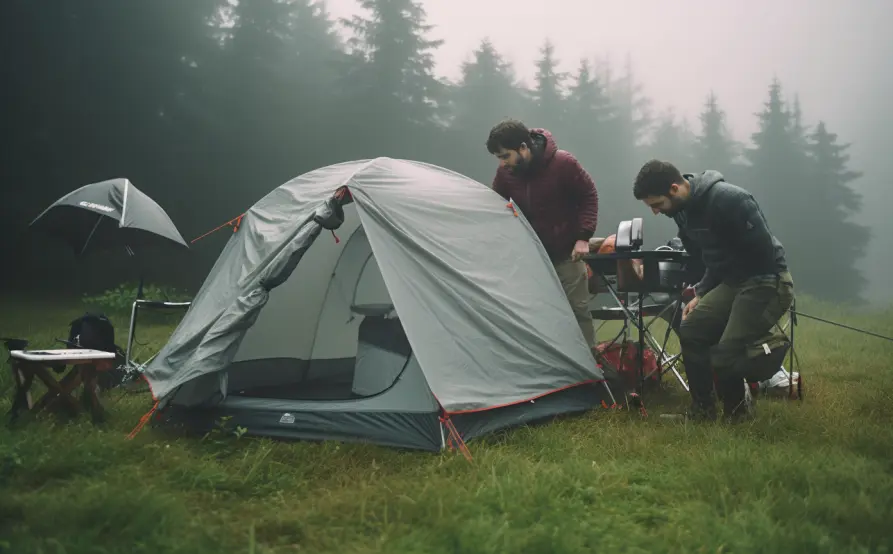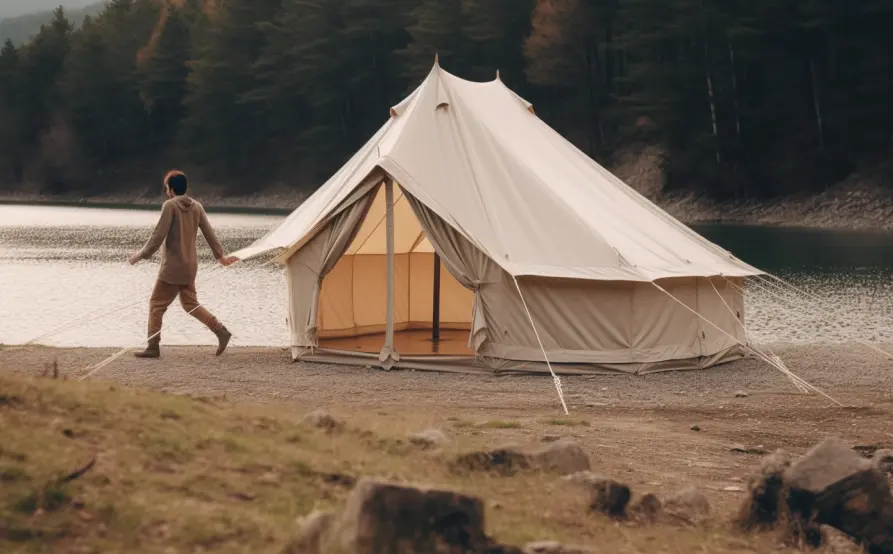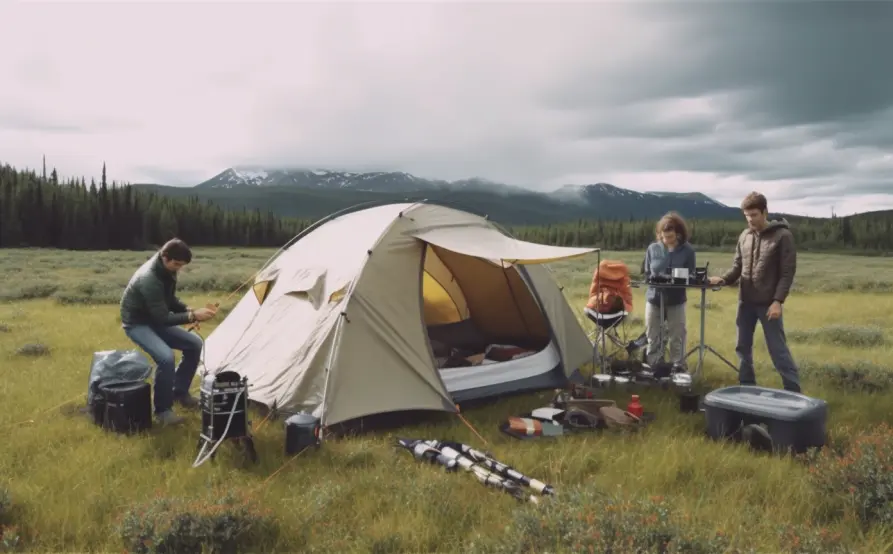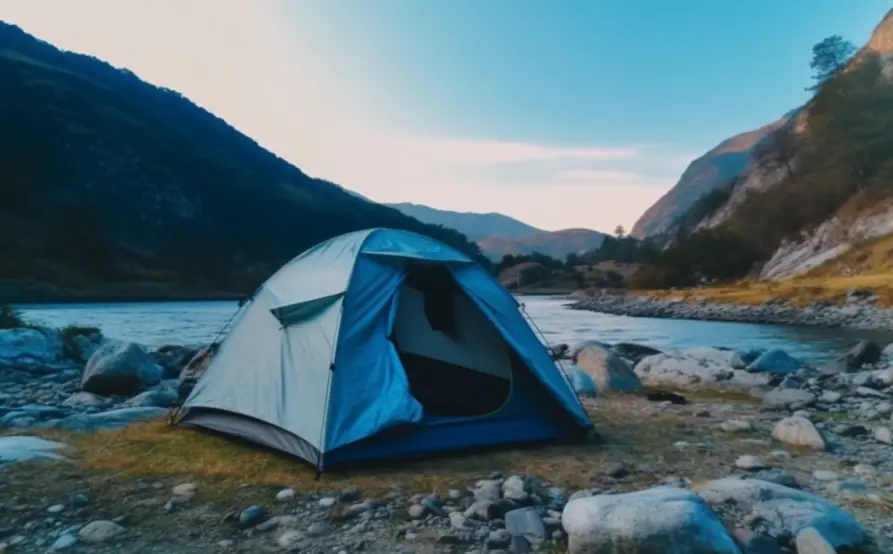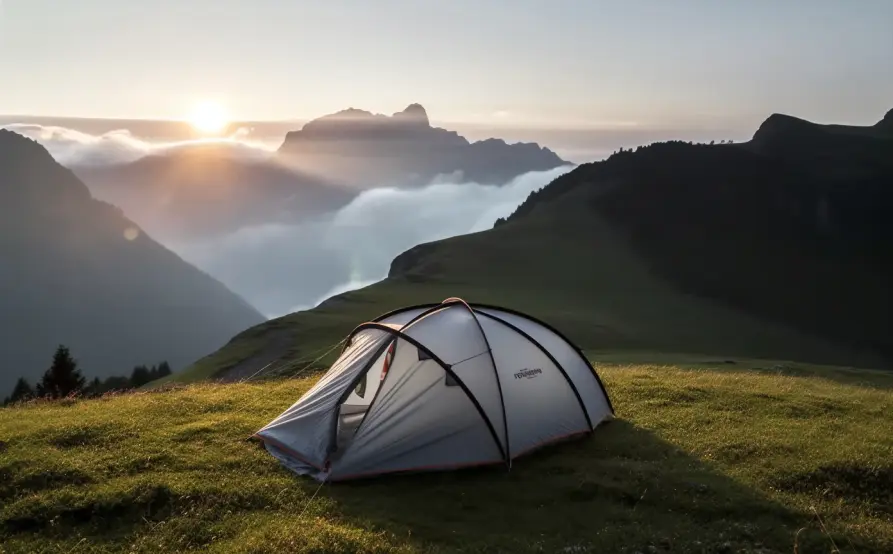
The Secret of Tent Waterproof Rating: Everything You Need to Know About Waterproof Tents
If you love camping, you know how important it is to have a reliable tent that can keep you dry and comfortable in any weather conditions. But how do you know if a tent is waterproof enough for your needs? What does the tent waterproof rating mean and how can you compare different models?
In this blog post, we will explain everything you need to know about tent waterproof ratings, how they are measured, and what rating you should look for depending on your camping style and destination. We will also give you some tips on how to care for your waterproof tent and extend its lifespan.
What is a Tent Waterproof Rating?
A tent waterproof rating is a numerical value that indicates how much water pressure a tent fabric can withstand before it starts to leak. It is usually measured in millimeters (mm) and it is also known as the hydrostatic head.
The higher the rating, the more waterproof the fabric is. For example, a tent with a 3000mm rating can resist a 3-meter column of water bearing down on it, while a tent with a 1000mm rating can only resist a 1-meter column of water.
However, the tent waterproof rating does not account for other factors that can affect the performance of the fabric, such as wind-driven rain, seams, zippers, stitching, and wear and tear. Therefore, it is not the only indicator of how well a tent can keep you dry.
How are Tent Waterproof Ratings Measured?
Tent waterproof ratings are measured using a hydrostatic head test. A piece of the tent fabric is clamped at the base of a transparent measuring cylinder. The cylinder is slowly filled with water, while the underside of the fabric is carefully monitored. Once three drops of water seep through the fabric, the water level in the cylinder is recorded as the waterproof rating of the fabric1.
The hydrostatic head test is usually performed on both the flysheet and the floor of the tent, as they have different requirements and characteristics. The flysheet is the outer layer of the tent that protects you from rain and wind, while the floor is the bottom layer that prevents moisture from seeping up from the ground.
What Tent Waterproof Rating Do You Need?
The tent waterproof rating that you need depends on several factors, such as:
1. The climate and weather conditions of your camping destination
2. The season and duration of your camping trip
3. The type and style of your camping (car camping, backpacking, etc.)
4. Your personal preference and comfort level
As a general rule of thumb, a fabric is considered waterproof if it has a rating of at least 1000mm. However, this may not be enough for some situations where you may encounter heavy or prolonged rain, strong winds, or high humidity.
Here are some typical recommended ratings for the tent flysheet based on different scenarios:
Rating | Description
0 - 1000mm | Water-resistant. Suitable for dry and mild conditions. Usually found in 2-season tents.
1000 - 1500mm | Waterproof. Good enough for most conditions, typical for 3-season camping tents. Also light enough for hiking.
1500 - 5000mm | Highly waterproof. Enough for the overwhelming majority of conditions, even heavy wind-driven rain. Ideal for 4-season tents and harsh environments.
5000mm+ | Extremely waterproof. For expedition tents that will be used in very wet conditions (think tropical rainforests or monsoon regions).
For the tent floor, you will want to look for a higher rating than the flysheet, as it is in constant contact with the ground and may be subject to abrasion and punctures. A good range for the tent floor is between 2000mm and 10000mm.
Of course, these ratings are only guidelines and not absolute guarantees. You should always check the reviews and feedback from other users who have tested the tents in real-life situations before making your final decision.
How to Care for Your Waterproof Tent?
A waterproof tent is an investment that can last for many years if you take good care of it. Here are some tips on how to maintain your waterproof tent and prevent leaks:
1. Always set up your tent properly and securely, following the instructions from the manufacturer. Make sure the flysheet is taut and not sagging, as this can create pools of water that can seep through the fabric.
2. Avoid pitching your tent under direct sunlight, as this can degrade the waterproof coating and the fabric over time. Choose a shady spot or use a tarp to cover your tent if possible.
3. Clean your tent regularly and gently, using a soft sponge or cloth and mild soap. Do not use harsh detergents, bleach, or abrasives, as they can damage the waterproof coating and the fabric. Rinse well and let it air dry completely before packing it away.
4. Repair any holes, tears, or loose seams as soon as possible, using a patch kit or a seam sealer. You can also apply a waterproof spray or a DWR (durable water repellent) treatment to restore the water repellency of your tent fabric.
5. Store your tent in a cool, dry, and well-ventilated place. Do not fold or compress your tent too tightly, as this can create creases that can weaken the waterproof coating and the fabric. Loosely roll or stuff your tent in a large storage bag or sack.
Conclusion
A waterproof tent is essential for a comfortable and enjoyable camping experience. However, choosing a waterproof tent can be confusing and overwhelming, as there are many factors to consider and many models to compare.
The tent waterproof rating is one of the most important features to look for, as it indicates how much water pressure a tent fabric can withstand before it starts to leak. However, it is not the only factor that affects the performance of the tent, as other elements such as seams, zippers, stitching, and wear and tear also play a role.
The tent waterproof rating that you need depends on your camping style, destination, season, and personal preference. Generally speaking, a rating of at least 1000mm is considered waterproof for most conditions, but you may need a higher rating for harsher environments or longer trips.
You should also take good care of your waterproof tent by cleaning it regularly, repairing any damages, and storing it properly. This will help extend its lifespan and prevent leaks.
We hope this blog post has helped you understand more about tent waterproof ratings and how to choose a waterproof tent for your next camping trip. Happy camping!

